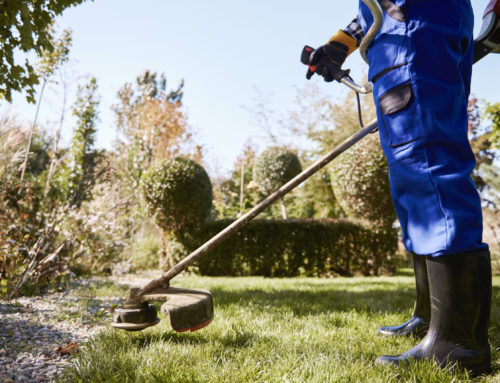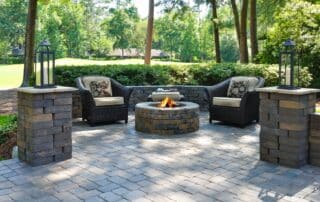Do you find that you keep planting different trees or shrubs in one location, but after a while the plant is stressed and drops all foliage? This could be caused by incorrect placement of a plant. All plant material has specific environmental needs. Some plants prefer dry soil, while others thrive in wet conditions. There are many other factors, but this article will focus on plants that thrive in wet conditions. With growing communities and continued development, water runoff is always an issue. Side yards, back property lines, or back corners of a residential lot tend to be where the water gathers. The following list of plants can be used to alleviate excess moisture in these problem areas.
Betula nigra (River Birch) 
River birch are a deciduous ornamental tree that prefer moist soils. This tree does not tolerate dry sites. Drought conditions make them susceptible to disease and pest infestations. Birch trees mitigate wet areas by soaking up excess water that tends to stand in low lying areas. River birch have a vibrant yellow fall color and cinnamon peeling bark, giving them winter interest. This tree can quickly grow to 30 feet tall and 20 feet wide.
Acer x Freemani ‘Jeffsred’ (Autumn Blaze Maple) 
Autumn Blaze Maple tolerate wet soils, therefore this makes it an excellent option for areas that are susceptible to occasional flooding. These trees can grow up to 60 feet tall and 45 feet wide, providing shade to surrounding areas. They have a rather fast growth rate, but maintain a more upright habit than most Maples. Due to the fast growth rate and ability to hold a large amount of moisture, they can be susceptible to frost crack. This can be prevented by wrapping the trunk of the tree with a mesh type bandage in fall. The most striking aspect of this tree is the vibrant red fall color.
Cornus stolonifera ‘Farrow’ (Arctic Fire Dogwood) 
The genus Cornus is made up of trees and shrubs commonly known as Dogwoods. This type of plant is common; however, several species and varieties cannot be grown in our region. The most popular type grown in this area are the dogwood shrubs. There are many varieties with distinguishing features. These hardy shrubs enjoy moist areas and are capable of handling flooding. Dogwoods are fast growing deciduous plants that provide interest to the landscape with their colorful red twigs and thick masses of branches. The Arctic Fire Dogwood is especially useful in the residential landscape due to it’s more manageable size. It matures at three to four feet tall and wide, where other Dogwoods can easily reach ten or more feet in height. Dogwoods do benefit from renewal pruning each year. Photo Credit: Bailey Nursery – www.baileynurseries.com
Thuja occidentalis ‘Techny’ (Techny Arborvitae) 
Arborvitae are one of the few evergreens that tolerate wet soil conditions. It is common to plant Arborvitae in low areas that are susceptible to flooding. The foliage of Arborvitae is scale like and evergreen. They have soft and fluffy looking foliage year-round which is why they make an excellent privacy screen. Plant them individually or as a hedge. This moderate to fast growing plant is easy to maintain however you desire. Be aware that rabbits and deer will find this plant yummy. The Techny offers a stable central leader that resists splitting like the Emerald Green Arborvitae. Keep in mind that the Techny Arborvitae do have a fatter body to them.


